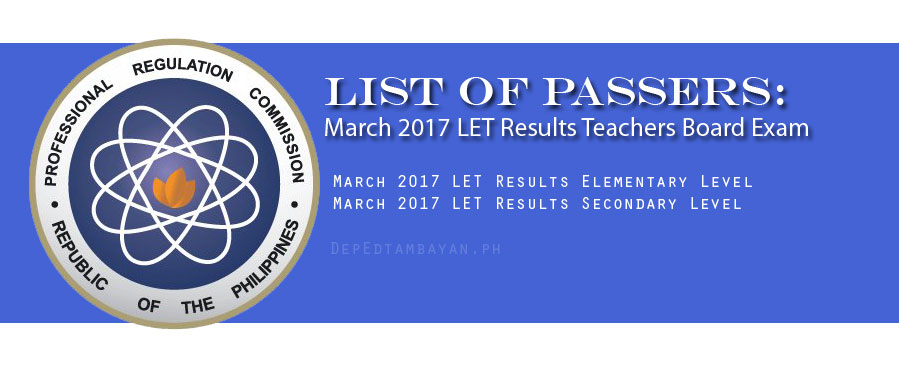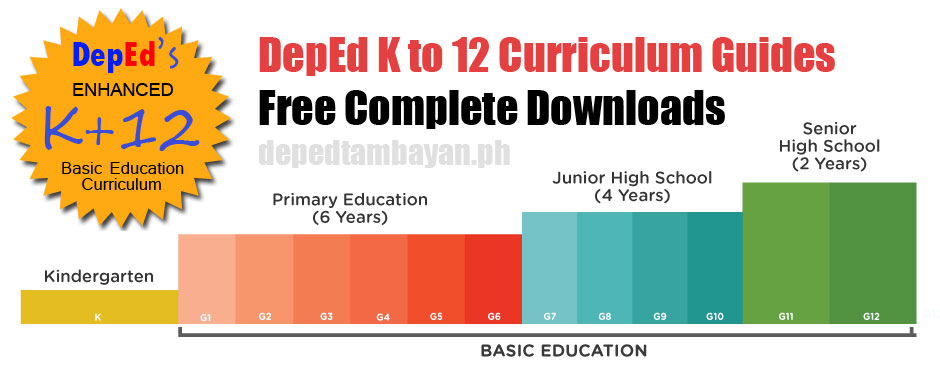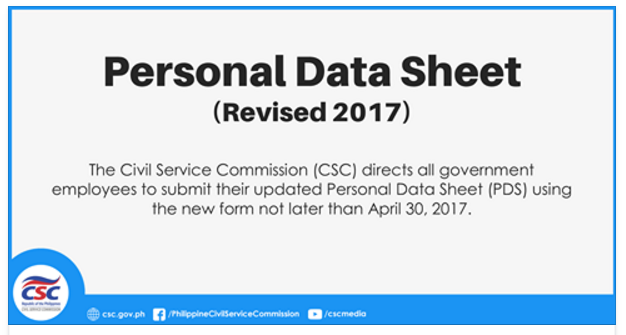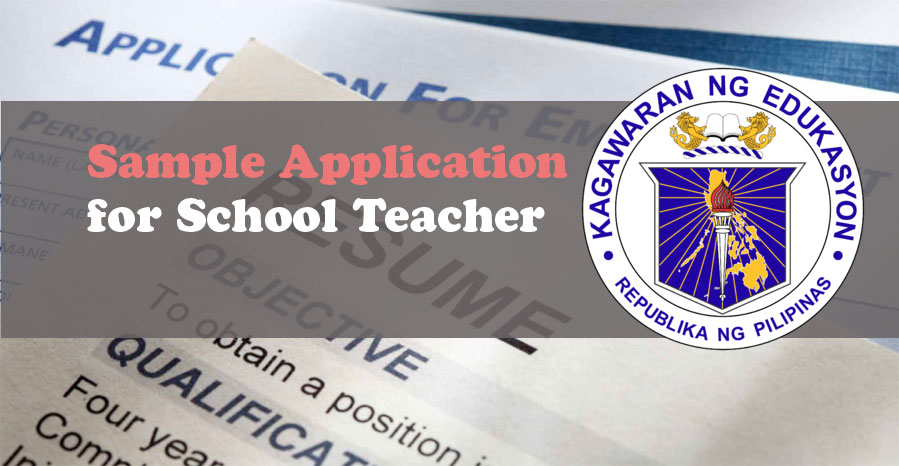Early Registration for SY 2020-2021 has been moved to February 1
It has been announced earlier that the early registration for SY 2020-2021 will be on January 25-February 28, it is because the Chinese New Year falls on January 25 which is a public holiday, early registration has been moved to February 1(Saturday) and runs up to March 6 (Friday).
This is to ensure that all enrollees from Kindergarten, Grades 1,7 and 11 for both public and private schools nationwide will be accommodated.
The DepEd Order No. 3, s. 2018 known as “Basic Education Enrolment Policy,” according to Briones seeks to identify, locate and register out-of-school youth in every community, whoever is interested in going back to school.
The entrants must comply with the prescribed early registration policies:
| Level | Eligibility |
| Kindergarten | · 5 years old on or before August 31, 2020 |
| Grade 1 | · Kinder completer or;
· PEPT Passer for Kinder Level or; · 6 years old and above by August 31, 2020 but not Kinder Completer who assessed Grade 1-ready as per ECD checklist may also pre-register (DO 47, s. 2016) |
| Grade 7 | · Grade 6 completer or;
· PEPT Passer for Grade 6 or; · ALS A&E Elementary Passer |
| Grade 11 | · Grade 10 completer or;
· PEPT Passer for Grade 10 or; · ALS A&E Secondary passer |
Entrants for Kindergarten and Grade 1, a Philippine Statistics Authority (PSA) or National Statistics Authority (NSO) birth certificate must be submitted. In case of its unavailability, Local Civil Registrar (LCR) birth certificate, baptismal, or barangay certificate can be submitted.
The Basic Education Enrolment Form must be accomplished during the early registration by the learners.
The DepEd’s early registration policy upholds the right of all school-aged learners to enroll and be equally provided with quality, accessible, relevant, and liberating basic education.
#sulongedukalidad
source: deped.gov.ph





